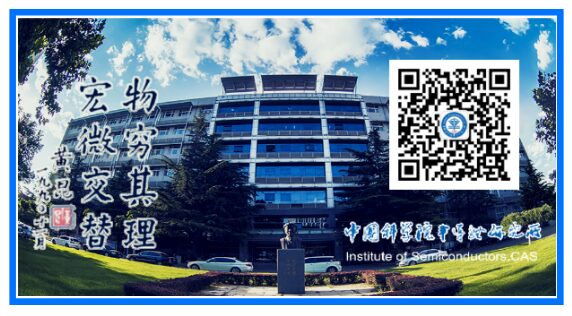
Source: Wangcai Chip
Original Author: Moshij
What Is a Semiconductor?
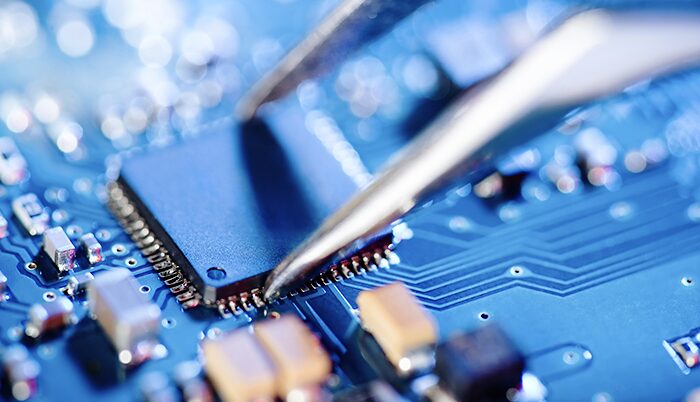
A semiconductor is a material with specific electrical properties that allows it to serve as the foundation for computers and other electronic devices. It is typically a solid chemical element or compound that conducts electricity under certain conditions but not under others. This makes it an ideal medium for controlling current and everyday appliances.
Conductive materials are called conductors, while non-conductive materials are called insulators. Semiconductors have properties that lie between those of conductors and insulators. Diodes, integrated circuits (ICs), and transistors are all made from semiconductors.
Conductivity can vary based on the current or voltage applied to the control electrode or the intensity of irradiation from infrared (IR), visible light, ultraviolet, or X-rays. The specific characteristics of a semiconductor depend on the impurities added to it (known as dopants).
How Do Semiconductors Work?
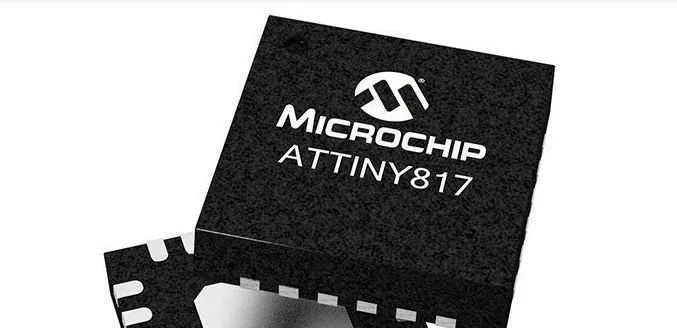
Integrated circuits like microchips are made from semiconductor materials.
Most semiconductors consist of crystals made from several materials. To better understand how semiconductors work, users must understand how atoms and electrons are organized within atoms. Electrons are arranged in layers called shells within an atom. The outermost shell of an atom is called the valence shell.
The electrons in this valence shell are the ones that form bonds with neighboring atoms. This type of bond is called a covalent bond. Most conductors have only one electron in their valence shell. In contrast, semiconductors typically have four electrons in their valence shell.
However, if nearby atoms consist of the same valence, electrons may bond with the valence electrons of other atoms. Whenever this occurs, the atoms will organize themselves into a crystal structure. We use this crystal to manufacture most semiconductors, primarily using silicon crystals.
What Is the Difference Between N-Type and P-Type Semiconductors?

N-type semiconductors primarily carry current in the form of negatively charged electrons, similar to current conduction in wires. P-type semiconductors primarily carry current in the form of electronic defects called holes, which carry a positive charge and are equal and opposite to the charge of electrons. In semiconductor materials, the direction of hole flow is opposite to that of electron flow.
Elemental semiconductors include antimony, arsenic, boron, carbon, germanium, selenium, silicon, sulfur, and tellurium. Silicon is the most well-known and forms the basis of most ICs.
Common semiconductor compounds include gallium arsenide, indium antimonide, and oxides of most metals. We also widely use gallium arsenide (GaAs) in low-noise, high-gain, weak signal amplification devices.
Semiconductor devices can perform the functions of original vacuum tubes but are hundreds of times smaller. Just like microprocessor chips, a single IC can do the work of a set of vacuum tubes that could fill a large building and require its own power plant.
What Is a Semiconductor Chip?
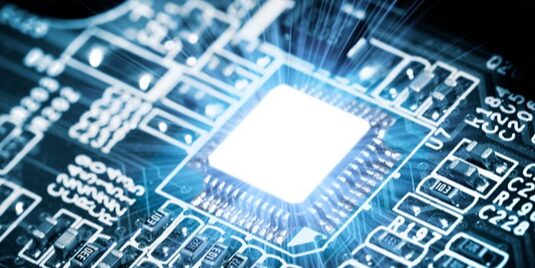
Semiconductor materials lie between conductors and insulators. They control and manage the current in electronic devices and equipment. Therefore, they are a popular electronic chip component used in computing components and various electronic devices, including solid-state storage.
What Is RF Semiconductor?
RF (Radio Frequency) semiconductors are devices used to switch or rectify power in electronic devices. RF semiconductors operate within the RF frequency spectrum range of approximately 3 KHz to 300GHz.
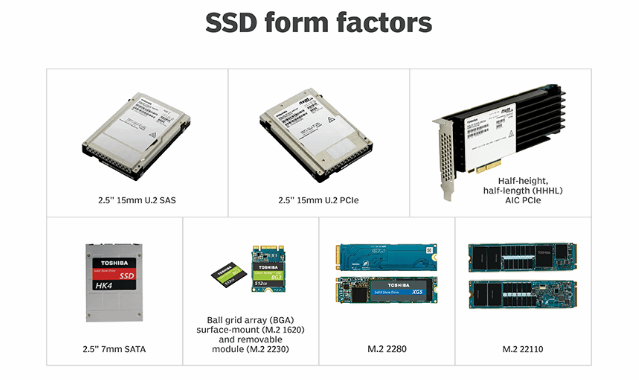 Solid-state refers to electronic components, devices, and systems that are entirely based on semiconductor materials.
Solid-state refers to electronic components, devices, and systems that are entirely based on semiconductor materials.
What Is a Semiconductor Optical Amplifier?
A Semiconductor Optical Amplifier (SOA) is a device found in semiconductors that amplifies light. Users can find SOAs in optical transceiver modules used for communication between data centers.
In this case, the SOA amplifies the optical signals used for Ethernet communication. This method helps to compensate for transmission losses.
What Is the Difference Between Intrinsic and Extrinsic Semiconductors?
The main difference between intrinsic and extrinsic semiconductors lies in their forms. For example, intrinsic semiconductors are pure forms made of a single material. They contain no added impurities of any kind.
In contrast, extrinsic semiconductors are impure. Extrinsic semiconductors consist of multiple intrinsic semiconductors and added other substances to alter their properties. These substances are typically doped with trivalent or pentavalent impurities.
What Are Fable Semiconductors?
The term fable—do not confuse with semiconductor factories—describes companies that design, manufacture, and sell hardware and semiconductor chips without fabricating their own silicon wafers or chips. Instead, they outsource manufacturing to foundries or other manufacturers.
